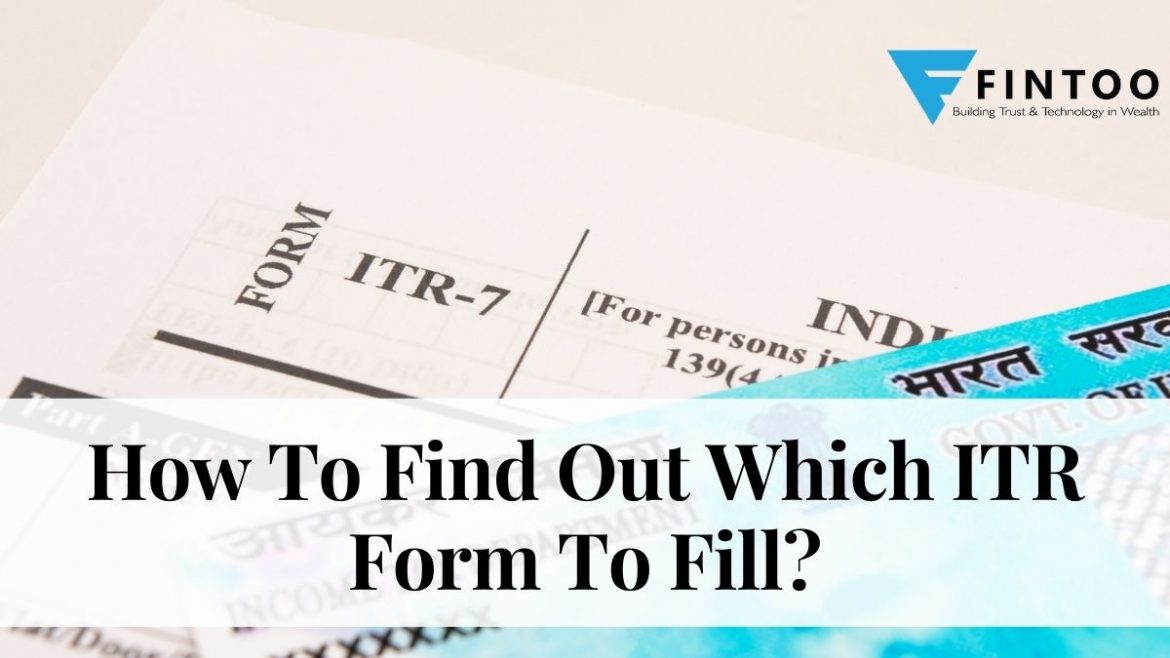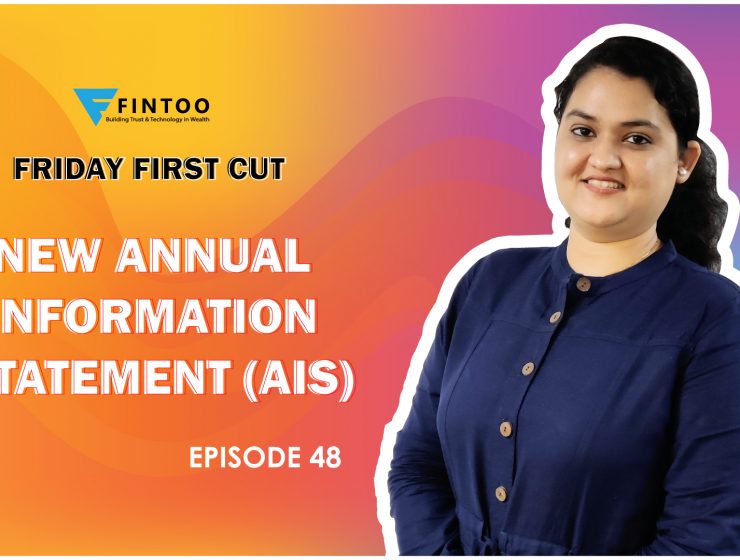

31st March marks the end of the financial year in our country when everyone is supposed to conduct their income tax efiling with the government. This applies to all kinds of establishments be it business or otherwise but functioning in accordance with the Income Tax Act (ITA) and trade and business laws of India. However, when it comes to filing, it gets tricky to choose the income tax return form amidst various options available.
Currently, there are seven valid forms to choose from as some of the previous ones have been discontinued or replaced by others. The Income Tax Return forms have to be filled with information regarding the company or individual’s income and tax, which then needs to be submitted to the Income Tax Department. In fact, if you are filing returns for yourself, there are four different kinds of forms that could be applicable to you.
Today we are going to walk you through the various ITR forms out there to help you identify which one to fill so that you can go ahead and carry out your tax return filing in a hassle-free manner.
ITR Form 1 or Sahaj
ITR form 1 is applicable to any individual, or a Hindu Undivided Family (HUF) whose annual income is below 50 lakhs INR (through pension or salary). This is also applicable for individuals receiving income from a single property or through pension/salary. You need to keep in mind that money earned through gambling of any kind or lottery cannot be accounted for through the ITR-1 form. You are not eligible to use this form if you have income arising from agriculture that amounts to more than 5,000 INR. Taxable Capital gains also cannot be filed through the ITR 1 form.
ITR-2
The ITR 2 form is very similar to the ITR-1 form, with just a few differences. You can’t use the ITR-2 form if your total income includes revenue from any business or vocation. On the other hand, income through lottery can be included in this, as well as that arising from more than one property. Other than that, it is similar to the ITR 1 when it comes to filing capital gains (taxable).
ITR- 3
Any individual or HUF earning income from a business that is proprietary in nature or from more than one property is eligible to conduct their e tax filing using this form. This is also applicable to someone who is a partner in that establishment/firm. Again, like the ITR 2, income from the lottery can be filed through this.
Related Article : What Is Form 16? Upload Form 16 And File Income Tax Return – Fintoo Blog
ITR-4
If your requirements are similar, you might want to have a look at the ITR 3 form. It is important to carefully analyze all the form options, before choosing the one that would be applicable to you. Anybody is eligible for this option provided you have engaged in the Income Scheme (Presumptive) of Sections 44AE, 44AD, and 44ADA of the ITA (Income Tax Act). All kinds of earnings can be filed through this (property, lottery, etc.). However, if you are eligible for Tax Audit then you will have to opt for the ITR-3 form.
ITR- 5
The specifications of the ITR 5 stand very clear for making it applicable to LLPs, firms of every kind, Association of Persons (AOP), And Body Of Individuals (BOI). You can file every kind of tax return online through this, other than salary, which is not eligible for this particular form.
ITR-6
The most distinguishing factor for this form is that it is compatible only with e filing of income tax. Companies that have claimed exemption under section 11 of the ITA cannot avail of this. The ITR 6 is applicable to any establishment earning an income through the property(s) used for religious or charitable causes. Just like the ITR 5 form, the salary cannot be filed using this.
ITR-7
To find out if you are eligible for this, you must go through sections 139(4A), 139(4B), 139(4C), or even 139(4D). All of these refer to establishments that strictly fall under the category of a Trust. This is what separates the ITR 7 from the rest.
In a manner, similar to ITR 6, returns on property held for religious or charitable causes are eligible to use this. The article 139(4A) specifies the terms for an establishment to be included in its definition.
Section 139(4B) gives access to political parties if the amount exceeds the maximum limits, in which case it would be exempted from Income tax according to the provisional specifications in Section 139A of the ITA.
Tax return filing pertaining to specifications under sections 139(4C) gives eligibility to news agencies, research associations that are scientific in nature and institutions falling under categories mentioned in sections 10(23A) and 10(23B).
At the same time, Income Tax Return under section 139(4D), needs all institutions, colleges, and universities to use this form, apart from the ones already mentioned. Considering the fact that there are so many different kinds of forms to assist with tax return filing in India, one needs to be extremely cautious in realizing their eligibility while deciding which ITR form to fill. It is also important for you to remember that you should complete filing your returns before the 31st of December to avoid paying a penalty of 5,000 INR. With technology advancing as far as it has, several companies also offering free e tax filing services. While filing your ITR, you need to make sure that you know about all the available options for completing the same in an honest and timely manner!
To Invest and keep regular track of your portfolio download: Fintoo App Android http://bit.ly/2TPeIgX / Fintoo App iOS http://apple.co/2Nt75LP
Related Posts
Stay up-to-date with the latest information.


